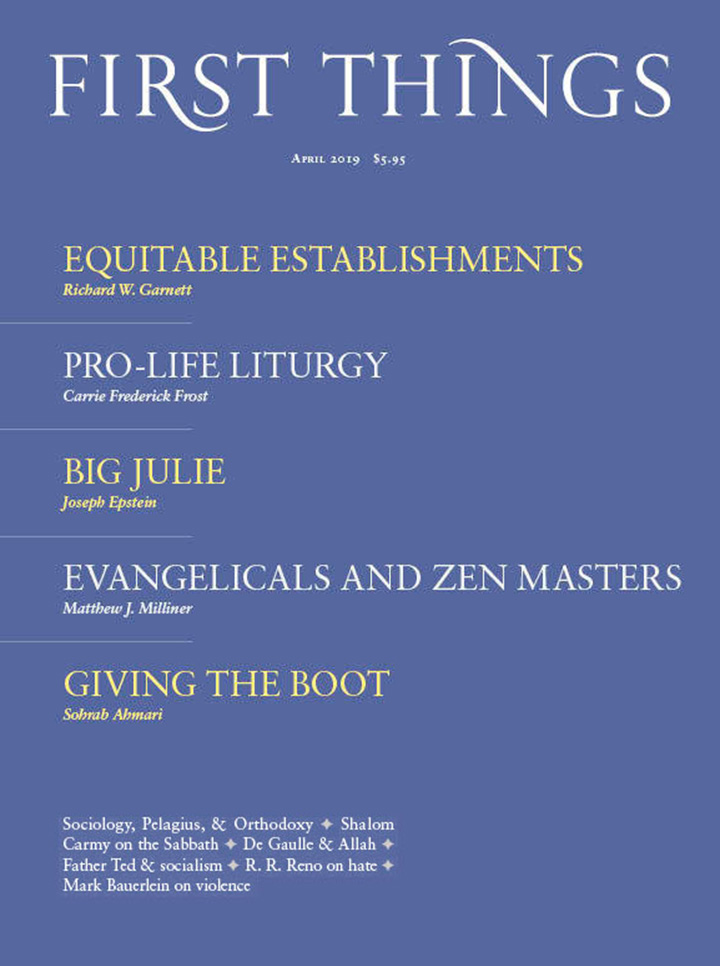Of all the places I’ve worked and played in my life, the politest one, the one where people were the most courteous and quiet, was a boxing gym in Decatur, Georgia. I hung out there for two years when I was in my early fifties, the boxing workouts being just right for an older guy. If you take it easy on the heavy bags, it doesn’t tax the joints and tendons—the last thing boxers want to do before a fight is get hurt.
I’d been doing karate, but the kicks and forms were too much for my aging frame. Boxing was enjoying a resurgence at the time. So I signed up for a few months and bought gloves, wraps, shoes, and a mouthpiece.
The regimen was simple. One hour-long workout five days a week in a group class of six to ten guys. This wasn’t a frill in a fancy club with a teacher on staff. The gym was boxing only, housed in a refitted garage at the end of an alley in an old industrial zone. Cement floor and brick walls and metal rafters. No air conditioning in summer, lots of heat in the winter, a veritable sweatshop to keep weight down and muscles loose. A ring sat in the middle of the gym, surrounded by fifteen punching bags of different mass and shape and size. In front were mats for stretching and ropes for jumping. No pop or rap music here, only hard-driving jazz with a brisk beat. A buzzer sounded every three minutes, then one minute, marking one round of action and a minute of rest.
The owner and manager of the gym was named Xavier Biggs. He had a short career as a middleweight before turning to training. His brother Tyrell Biggs won the gold at the 1984 Summer Olympics in Los Angeles and earned a championship match in 1987 with Mike Tyson, who wore him out in the seventh round. Tyrell would drop by the gym now and then, elegantly dressed and unobtrusive.
The routine was fixed. First, fifteen to twenty minutes of jump rope, then three or four rounds on the bag of your choice. After that, students gathered to run around the ring and between the bags in single file until Mr. Biggs cried out, “Stop!” and we would turn to the nearest bag and punch high-speed for thirty seconds until he yelled, “Go!” and we would continue sprinting.
Then came the fun part. All of us would climb into the ring with Mr. Biggs in the center, with pads on his hands. “Okay, here’s the drill,” he would say, then show us a combination, jab-jab-cross-hook-uppercut, holding up his pads to show the target for each punch. As the music blasted, all of us would start hopping and rotating slowly clockwise as Mr. Biggs, in the middle, called one of us forward to work the combo with him until another was called. If you screwed up, he sent you back to the circle with a look of impatience. If you caught his pads square and quick, it felt oh-so-good. A final five minutes of sit-ups ended the session.
Nobody spoke during the hour. I don’t remember a single conversation with another student. You were there to sweat and hit and bob, not converse. You breathed deeply and stayed silent during the one-minute rest, then attacked the bag with crisp blows, without gloves, trying for that sharp snap that meant you’d lined up leg, hip, shoulder, elbow, and wrist just right, expelling wind with each strike, but making no other sounds. To be noisy was to be inconsiderate.
You had to contain your violence. When choosing a bag, finding a space to jump rope, and climbing into the ring, you made way for others. Demeanors were sober, movements respectful, and you could hear an occasional soft “S’cuse me.” Deference was the rule. When the class swelled to more students than available bags, people would pair up over one bag with a nod, then arrange themselves on opposite sides and time their shots accordingly. No clash of egos, no tensions, as we threw lefts and rights.
Form and footwork were the focus, not the other guys. They were like mirrors, not antagonists, marking where you stood on the ladder of ability. In one of my few sparring sessions, one of them caught me hard on the jaw—too hard, I thought, and I stiffened my shots to his body. But the moment the bell sounded, all conflict dissolved, and we went back to our routines. It was combat, but it wasn’t personal.
Now and then a new fellow would arrive, sturdy and dour. He had a swagger, and he joined the group without that feel for personal space the rest of us had. When the bag work started, you knew where he was because his blows resounded more than anyone else’s. When we entered the ring for combinations and his turn came, he advanced on Mr. Biggs as if he would smash the pads right off his hands.
The rest of us never said anything. We didn’t have to. The routine took care of him all by itself. When he swung a jump rope in warm-ups, he couldn’t get into a rhythm. It takes practice and lots of flubs, and that didn’t go with the tough-guy front. When he hit the bag, his first shots were scary, but by forty-five seconds into Round One, they started to slow. Two minutes in and he was taking short breaks, gasping while we continued to duck and jab. He didn’t pull his punches when he made contact with the bag, trying instead to ram his fist all the way through it, and the bag always wins that battle.
In the ring with Mr. Biggs, the new guy often blew the combination, concentrating so much on throwing heavyweight hits that his technique fell apart. And when we finally broke for sit-ups, he could complete only a dozen while we did fifty. When he departed, the swagger was still there, but shaky. He rarely came back.
Many years ago, while working up an argument about Edith Wharton, I spent weeks poring over conduct books from the nineteenth century. The titles ran from The Ladies’ Book of Etiquette, and Manual of Politeness, to Modern Manners and Social Forms. They shared a first premise: Don’t offend. The upper-crust female etiquette of 1880s Manhattan couldn’t be further from a twenty-first-century boxing gym in a grimy spot outside Atlanta, but we, too, tried not to offend. We trained for violence, but stayed respectful of others. An impolite statement in the ring was unthinkable. Anyone who dared to repeat Muhammad Ali’s trash talking wouldn’t have lasted a second. Mr. Biggs would have cut him off instantly.
You could chalk the good manners up to fear, but it was more than that. Of course, I didn’t want to annoy a man geared up to fight, but my deference seemed to be fully in accord with my attacks on the bag and Mr. Biggs’s pads. I could throw five body blows into a bag and, one second later, hear the buzzer, step back, and freely let others enter the ring before me.
Fighting and respect go together. There’s some truth to the saying, “An armed society is a polite society,” but only if the armed man is just as courteous as the unarmed man. In the boxing gym, the experienced fighters were just as quiet as I was, as I labored for two years and barely picked up the basics.
The paradox is this: The more you improve your fighting, the easier it is to be courteous. As your footwork advances, your ego diminishes, at least that part of the ego that seeks confrontation. Boxing asks you to discipline your aggression, to turn it into a science, the “sweet science,” as it is called. Competitive juices stimulate you to develop your competence, and you take others to be doing the same thing, deserving respect and no interruptions. You don’t give offense and you don’t take offense. Boxing is about fighting, yes, but it’s more about getting better, and you do that shoulder-to-shoulder, not face-to-face. There’s a recognition of the dignity of the sport that grants consideration to others who share your goals.
Those of us who’ve spent time in the boxing gym and other redoubts of male competition can’t believe the crude and aggressive things men and women say to one another on social media. The provocation and raillery, the insults . . . these must be young Americans who have no experience of controlled aggression. I am certain that if a young man lasted six months in the gym with Mr. Biggs, the online abuse would stop. A little physical violence can make you abhor verbal violence.
People who regret the incivility of modern life tend to regard the sight of a dozen sweaty guys in a ring taking turns throwing punches as part of the problem. They should see it, instead, as a solution.
Mark Bauerlein is senior editor of First Things.
Photo by Mantas Lang via Creative Commons. Image cropped.


